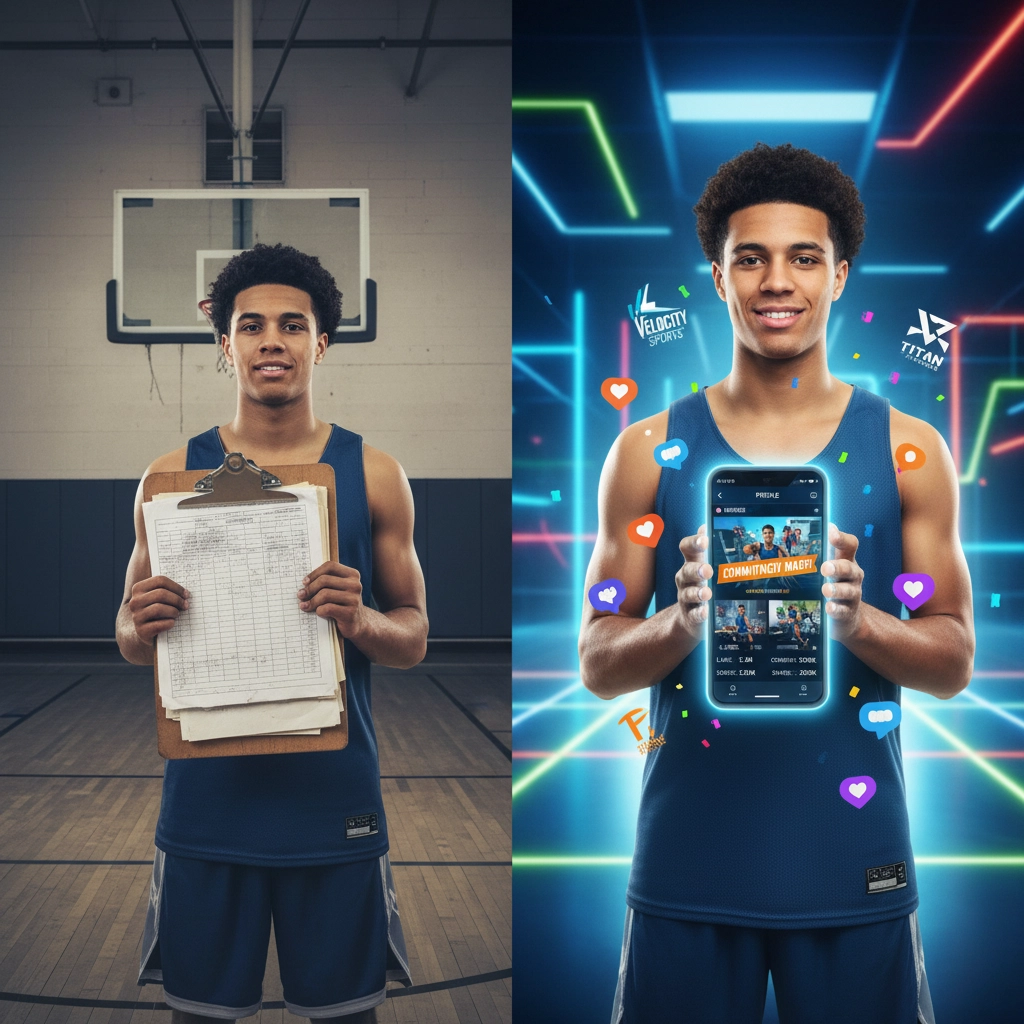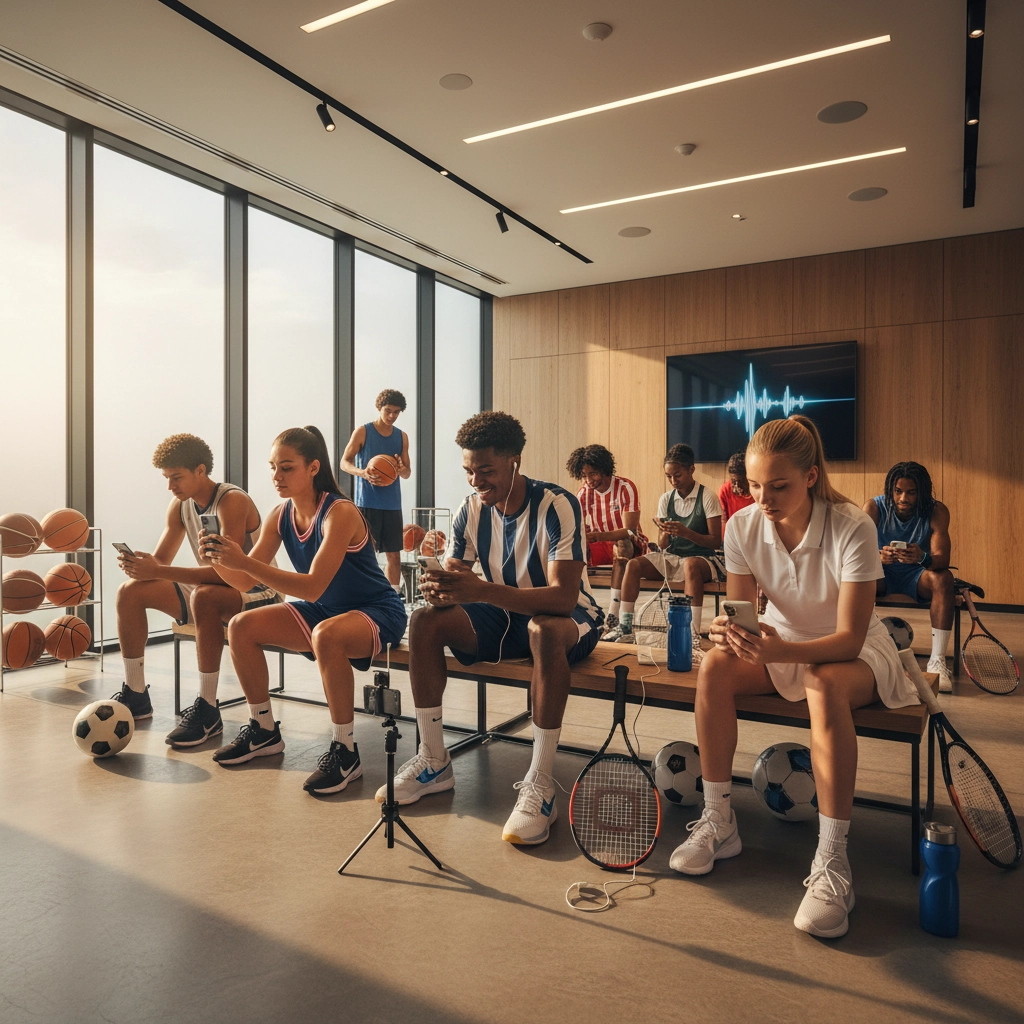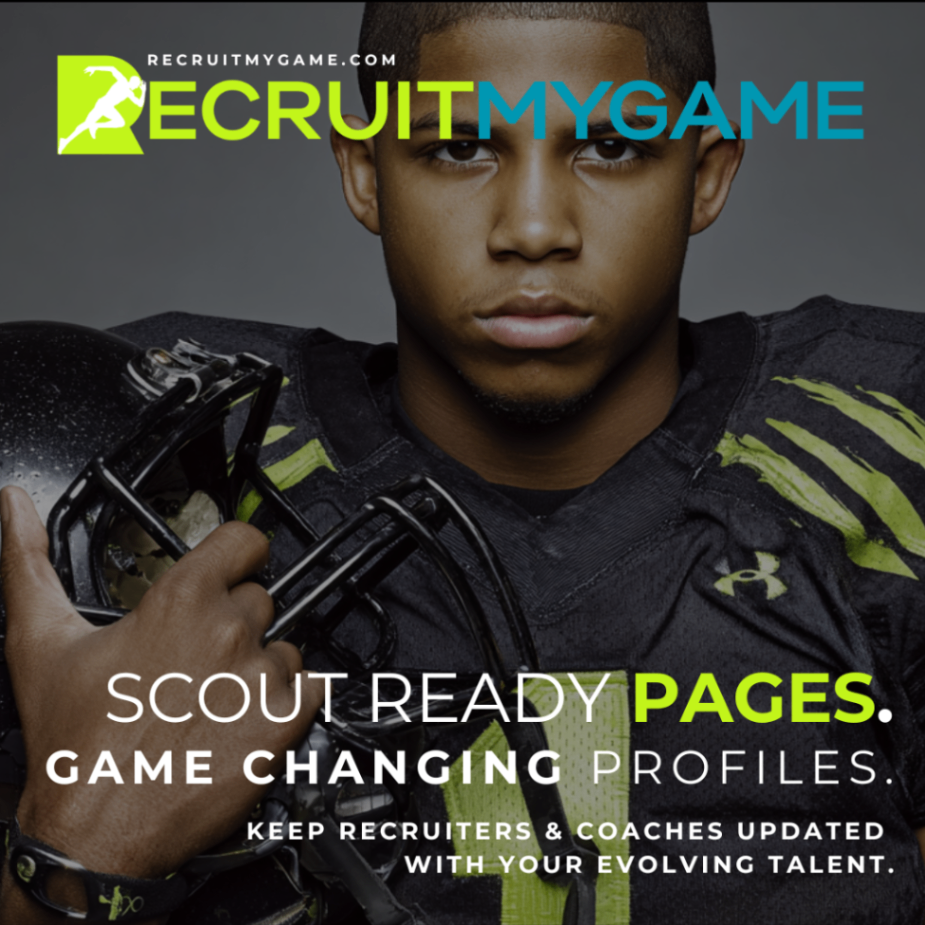If you're still building recruiting profiles focused only on stats and highlight reels, you're already behind. College coaches now evaluate prospects through an entirely different lens: one that weighs marketability, social influence, and brand potential alongside athletic ability.
The New Recruiting Reality: Beyond the Box Score
Traditional recruiting profiles centered on three elements: athletic performance, academic achievements, and character references. In 2025, NIL has expanded this framework dramatically. College programs now assess prospects based on their potential to engage with brands, connect with fan communities, and contribute to the program's overall marketability.
This shift reflects a broader transformation in college athletics. The House v. NCAA settlement allows Division I schools to directly compensate student-athletes, making NIL potential a legitimate recruiting consideration. Coaches aren't just asking "Can this athlete help us win?" They're asking "Can this athlete help us build our brand while winning?"
Your 40-yard dash time still matters. Your shooting percentage remains important. But now, your follower count, engagement rates, and content quality carry recruiting weight too.

Social Media: Your New Statistical Category
Your social media presence has become a critical recruiting metric. Coaches evaluate how authentically you connect with audiences because this directly translates to NIL opportunity potential. A basketball player with 50,000 engaged followers presents different value than one with identical stats but no social presence.
This doesn't mean chasing follower counts through empty content. Authentic engagement matters more than raw numbers. Quality content that showcases your personality, values, and athletic journey creates the foundation for sustainable NIL partnerships.
Key social media elements coaches now evaluate:
Consistency of posting across platforms
Engagement rates rather than just follower counts
Content quality that reflects personal brand development
Professional presentation in photos and captions
Community interaction and responsiveness to followers
Personal Brand Development: Your Competitive Edge
Personal brand storytelling has become essential for recruiting differentiation. Every athlete has stats. Not every athlete has a compelling narrative that resonates with brands and fans.
Successful 2025 recruiting profiles highlight unique aspects of background, community involvement, and personal interests that create brand partnership opportunities. This might include cultural heritage, overcoming adversity, special talents beyond athletics, or unique perspectives that generate authentic sponsor connections.

Your personal brand isn't manufactured: it's discovered and articulated. The most effective recruiting profiles identify what makes each athlete genuinely interesting beyond their sport, then present this authentically to college programs.
Community Leadership: The NIL Multiplier Effect
Community engagement and leadership activities now deserve prominent recruiting profile placement. NIL empowers college athletes to consider more than traditional academic and athletic fit as they explore schools' support for building brand connections and fostering community involvement.
Coaches want athletes who already demonstrate leadership because these qualities translate directly to successful NIL partnerships. Local community connections, volunteer work, and existing leadership roles show coaches your potential for meaningful brand relationships once you reach campus.
Examples of valuable community engagement:
Youth mentoring or coaching experience
Charitable organization involvement with documented impact
Local business partnerships or sponsorship experience
Community event leadership or organization
School or team captain responsibilities with specific achievements
Technical Skills: The New Athletic Requirement
Digital literacy and content creation capabilities are now recruiting assets. Athletes should document experience with video editing, photography, social media management, and basic marketing concepts. These skills directly impact ability to execute successful NIL deals.
Communication and media training experience should be highlighted prominently. Colleges want athletes who can professionally represent their programs in interviews, social media content, and brand partnerships. Any experience with public speaking, media interviews, or content creation demonstrates NIL readiness.
Technical skills that enhance recruiting profiles:
Video editing software proficiency (Adobe, Final Cut, etc.)
Photography skills for social media content
Basic graphic design knowledge
Podcast or video series creation experience
Website or blog development and maintenance

Program NIL Support: Research and Strategy
Research and showcase NIL knowledge in your recruiting communications. Colleges now highlight resources they provide to support athlete development both on and off the field, expanding traditional recruitment pitches to emphasize support for athlete growth and media exposure.
Demonstrating awareness of different programs' NIL resources, compliance support, and partnership opportunities shows serious commitment to maximizing these opportunities. This research also helps you make informed decisions about which programs align with your NIL goals.
Questions to research about prospective programs:
What NIL education resources do they provide?
Which staff members specialize in NIL compliance and support?
What local business partnerships exist for student-athletes?
How do they help athletes build social media presence?
What compliance support systems are in place?
Compliance Awareness: The Non-Negotiable Standard
Compliance awareness has become increasingly important as compliance requirements become more stringent in the maturing NIL ecosystem. Athletes who understand basic NIL regulations and demonstrate commitment to following proper procedures will be more attractive to programs concerned about violations.
This doesn't require legal expertise, but basic understanding of NIL rules, reporting requirements, and prohibited activities shows coaches you won't create compliance headaches for their program.

Career Integration: The Long-Term Perspective
Professional development goals should connect NIL opportunities to future career aspirations. Whether planning for professional sports, business, media, or other fields, showing how NIL experiences will build relevant skills and networks demonstrates strategic thinking that appeals to coaches and academic advisors.
This long-term perspective differentiates serious student-athletes from those who view NIL as quick money-making opportunities. Coaches want athletes who understand how NIL experiences contribute to overall personal and professional development.
Building Your 2025 Recruiting Profile
The shift toward NIL-focused recruiting profiles reflects a broader transformation in college athletics. Student-athletes are now free to be compensated for the use of their name, image, and likeness, requiring a more sophisticated approach to recruiting that balances traditional athletic excellence with modern marketing savvy and personal brand development.
Your 2025 recruiting profile must demonstrate both athletic ability and NIL potential. This means showcasing performance metrics alongside social media engagement, highlighting community leadership with competitive achievements, and presenting technical skills with academic accomplishments.
The athletes who thrive in this new environment will be those who embrace NIL as an opportunity to build authentic personal brands while pursuing athletic excellence. The recruiting process has evolved, and your profile strategy must evolve with it.


